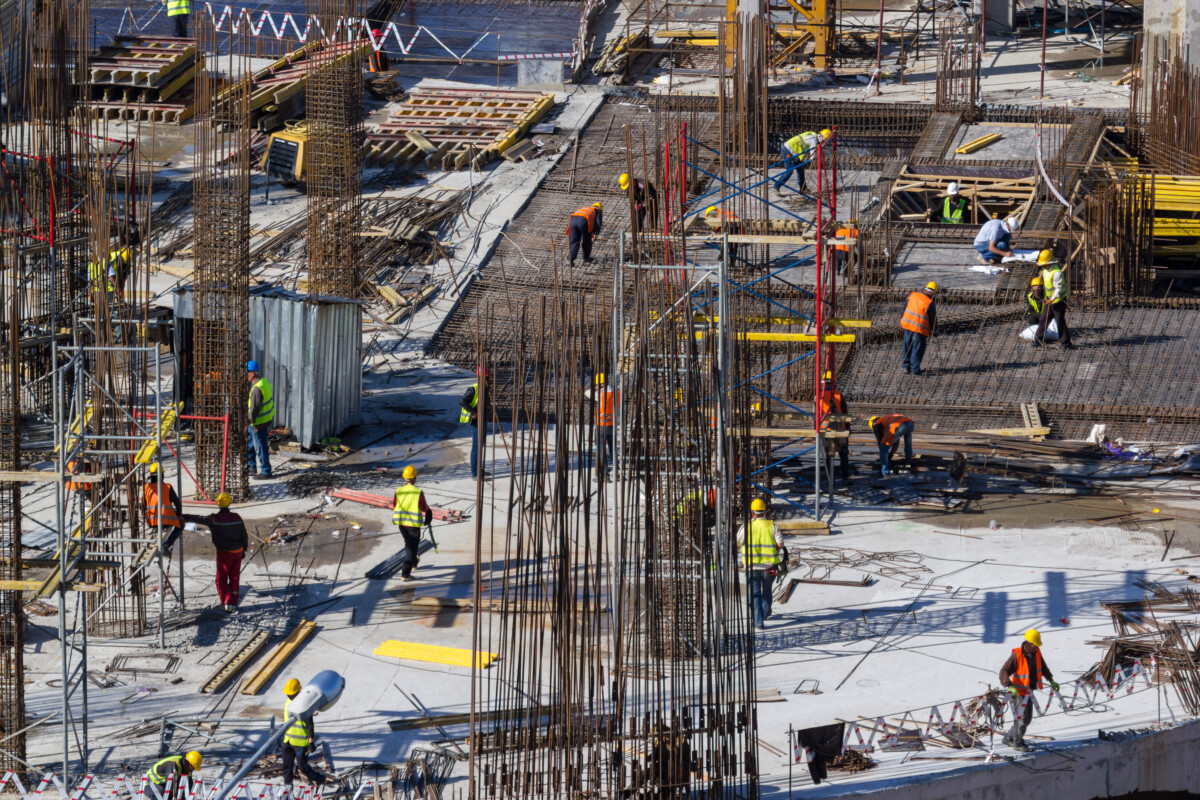GOVERNMENT BUILDINGS GO GREENER
25 Jan 2022, Industry Updates, News, Sustainability Focus

From 2022, all new non-residential government buildings with a capital value over $25m will have to meet new green standards
As part of plans to run a carbon neutral public sector by 2026, the Government has announced that, from 1 April 2022, all new non-residential government buildings with a capital value over $25 million will have to achieve a minimum Green Star rating of five.
From 1 April 2023, the same standard will apply to all new government buildings with a capital value over $9m.
The move was announced during the Build Environment Day at COP26 in Glasgow and will ensure that leaders set the standard they wish others to follow.
Leading by example
“These minimum standards will ensure government buildings achieve a level of excellence in climate-friendly design and construction that is rarely seen in New Zealand,” said James Shaw, Minister of Climate Change.
“Leading by example in this way will create job opportunities in the low carbon building sector and expand the market for more commercial buildings to also achieve higher environmental standards.”
Around 140 government agencies will have to follow these new rules, which will help kickstart the sector’s ability to construct more sustainable buildings – added Stuart Nash, Minister for Economic and Regional Development.
“This particular Green Star system is administered by the NZ Green Building Council and is adapted to suit a New Zealand context, such as earthquake resilience,” said Nash.
“More sustainable building systems will help government agencies plan to reduce carbon emissions. The decision also sends an important signal to the construction, design and building supplies sector to expand capacity and capability to meet demand.”
Aligning with broader aims
Green Star assesses each project’s sustainability across key categories and awards final points total out of 100. To reach the minimum five-star requirement, buildings need to score between 60 and 74 points. A six-star rating is scored by reaching 75 points and above.
Mandating a Green Star rating aligns with the Building for Climate Change initiative, which aims to improve operational efficiency of buildings, reduce emissions generated from production of construction materials, processes and disposal and help New Zealand meet its target of net zero emissions by 2050.
Scoop Business reported that WSP, a design, engineering and environmental consultancy firm, greeted the announcement with enthusiasm.
WSP New Zealand Managing Director Ian Blair said: “We expect the new standards will help create more urgency around carbon reduction.
They will also give the supply chain confidence to innovate and invest in low-carbon building materials.
“We wholeheartedly support today’s announcement and look forward to collaborating further with the public sector to create sustainable, low carbon buildings for a better, healthier future for Aotearoa New Zealand.”
Cost implications
The Green Star in focus: The case for sustainable social infrastructure report found the average cost of achieving Green Star status was low.
It said: “Analysis of Green Star projects in Australia by the GBCA in 2019 found that the average cost of Green Star was 2.5% of a project’s budget, down from 2.9% in 2016. In some cases, projects are achieving Green Star for under 1% of total project costs.”
The report also found that working in Green Star offices was good for employees and output – it reduced absenteeism by 25% and increased productivity by 8.5%.
Criticism
Red Stag Timber Group CEO Marty Verry criticised the Green Star standard for not doing enough to encourage the use of sustainable materials during the construction process.
“Wood (is) on the same standing as concrete and steel, and as such does nothing to deter using high-emission materials, and – importantly – does nothing to push high emission materials to reduce their emissions.
“Clearly this Green Star reset needs a complete re-think about what it means to be green. Fortunately, developers are not waiting for the Green Star system to lead the way. We are seeing a huge uptick in sustainable material use in projects in design now.”
Register to earn LBP Points Sign in



